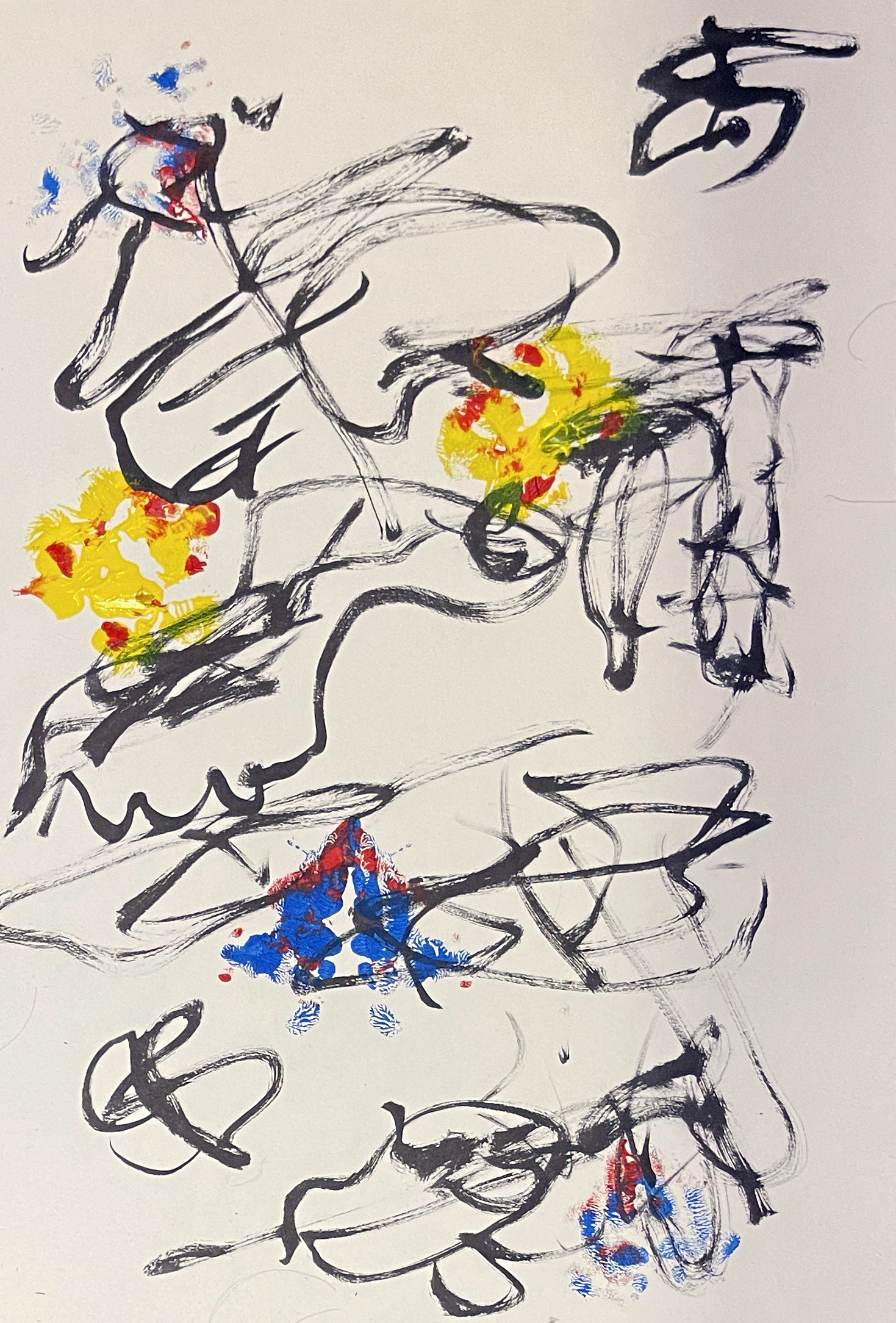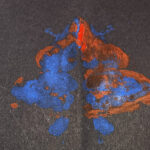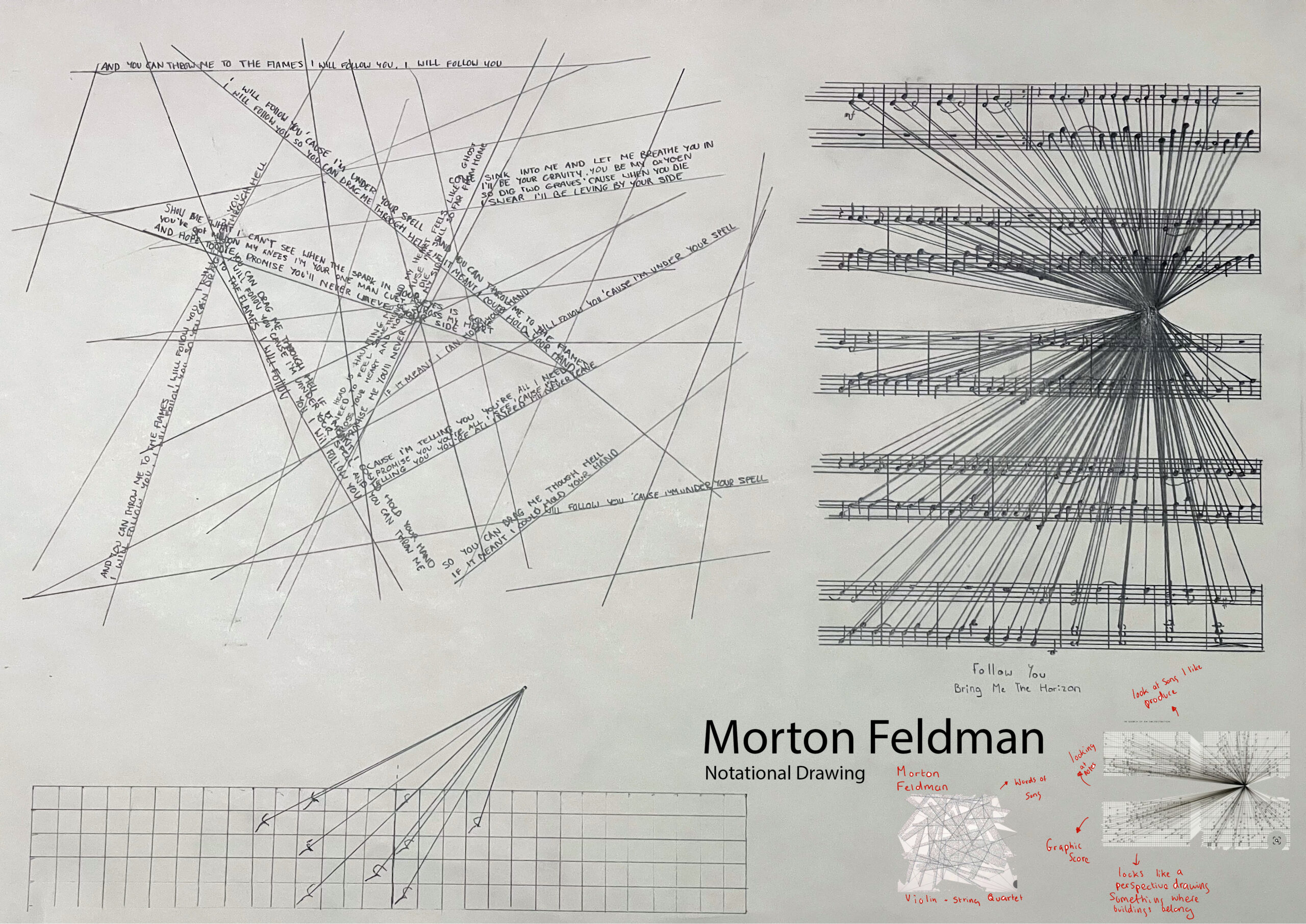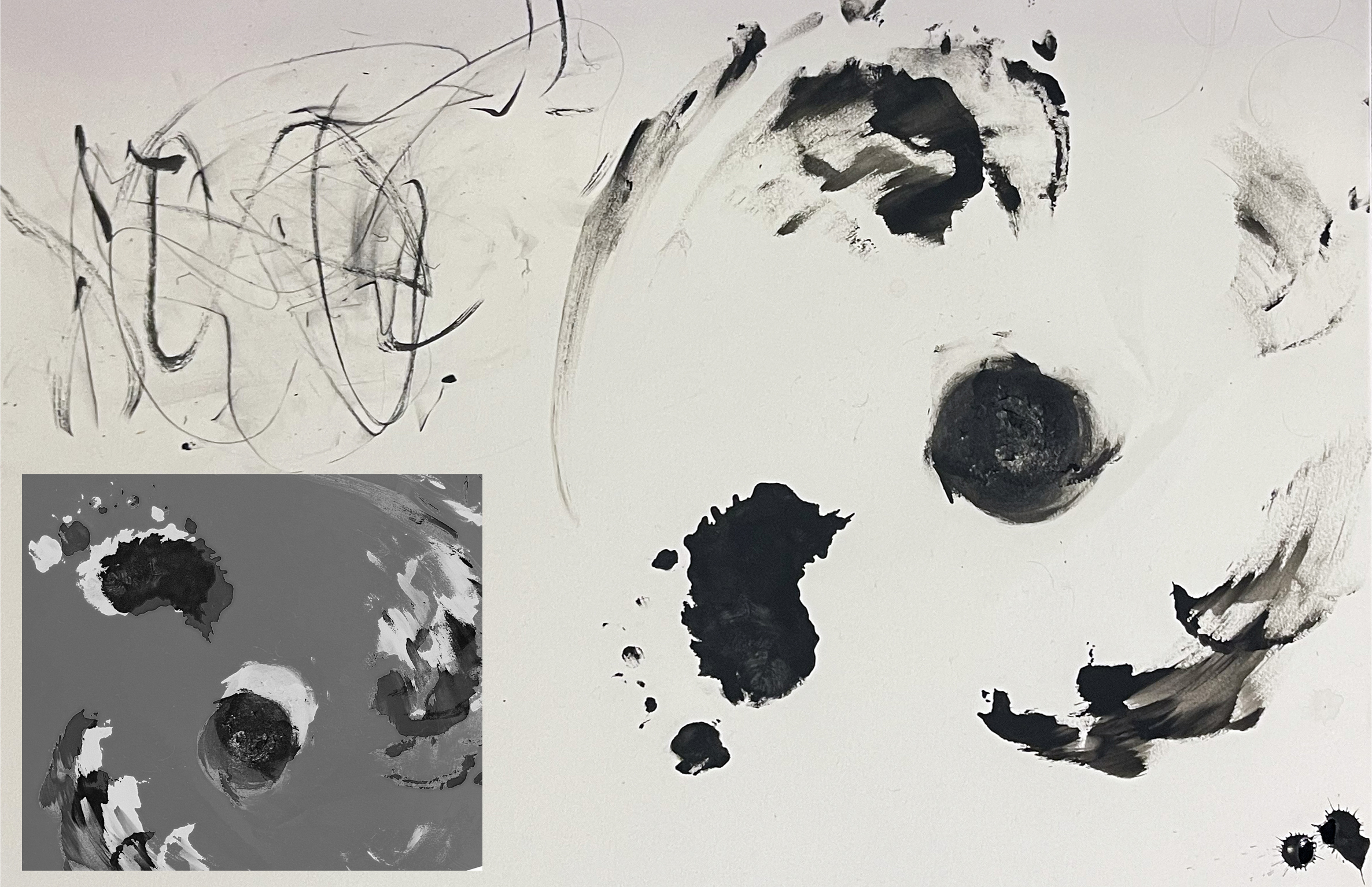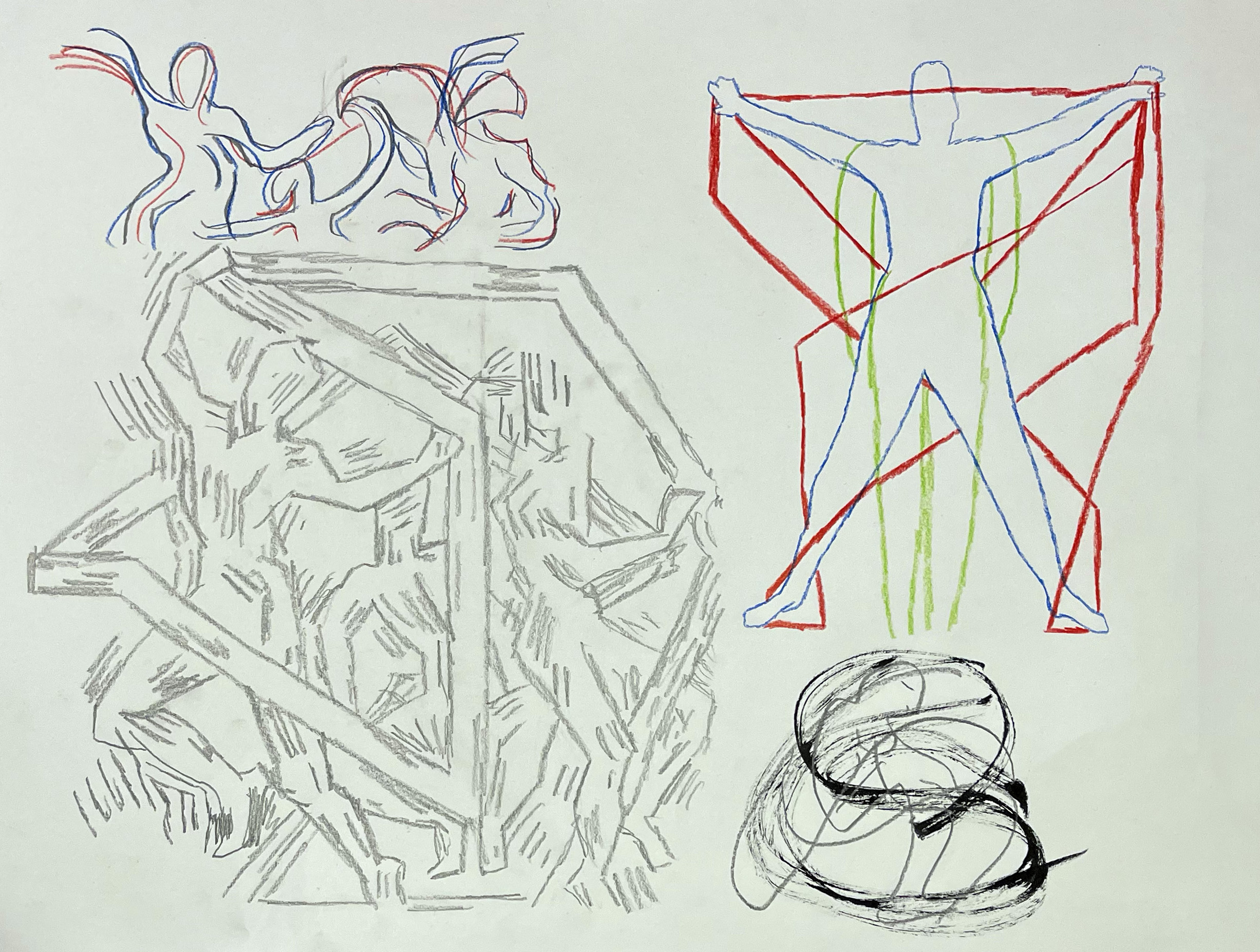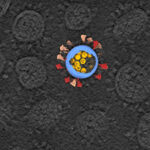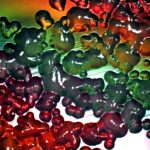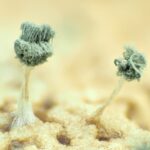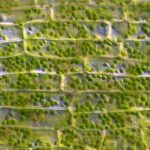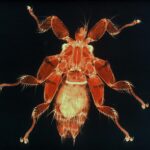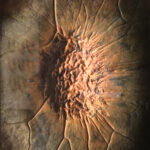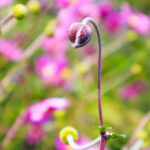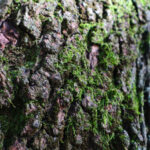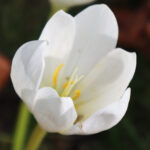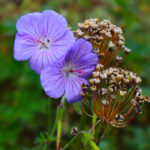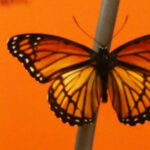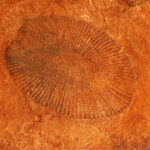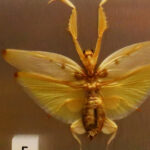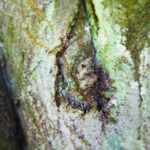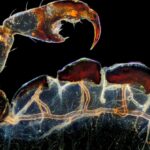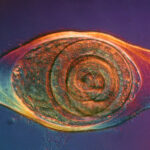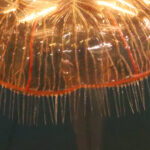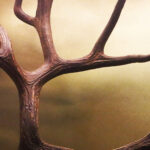Butterflies are very mystical creatures with different myths linking towards them, such as a white butterfly means an angle is looking over you. The life cycle of a butterfly is also very well known, the transformation from an egg to a beautiful animal is incredible. From another butterfly layer an egg on a leaf then that hatching into a caterpillar. For a small caterpillar to enter its next transformation it will need to eat plenty of leaves and grass to become strong enough. Making a cocoon along a branch and then sleeping for 10-14 days for it to emerge from the cocoon into a colourful butterfly. Then the life cycle starts all over again. Some butterflies can live up to 12 months others can only last for 24 hours.
I recreated the life of a butterfly using Trisha Brown’s style, using my feet shown in the time-lapse below. I used Brown as she captues movement in an abstract way so I wanted to show the movement of a delicate butterfly, using ink as its delicate liquid to work with. Working quickly to produce a messy abstract piece then making prints adding colour to the piece. From bottom to top shows the transformation of a butterflies life. The video below shows how I made this piece using Browns’s style.
‘The life-cycle’
